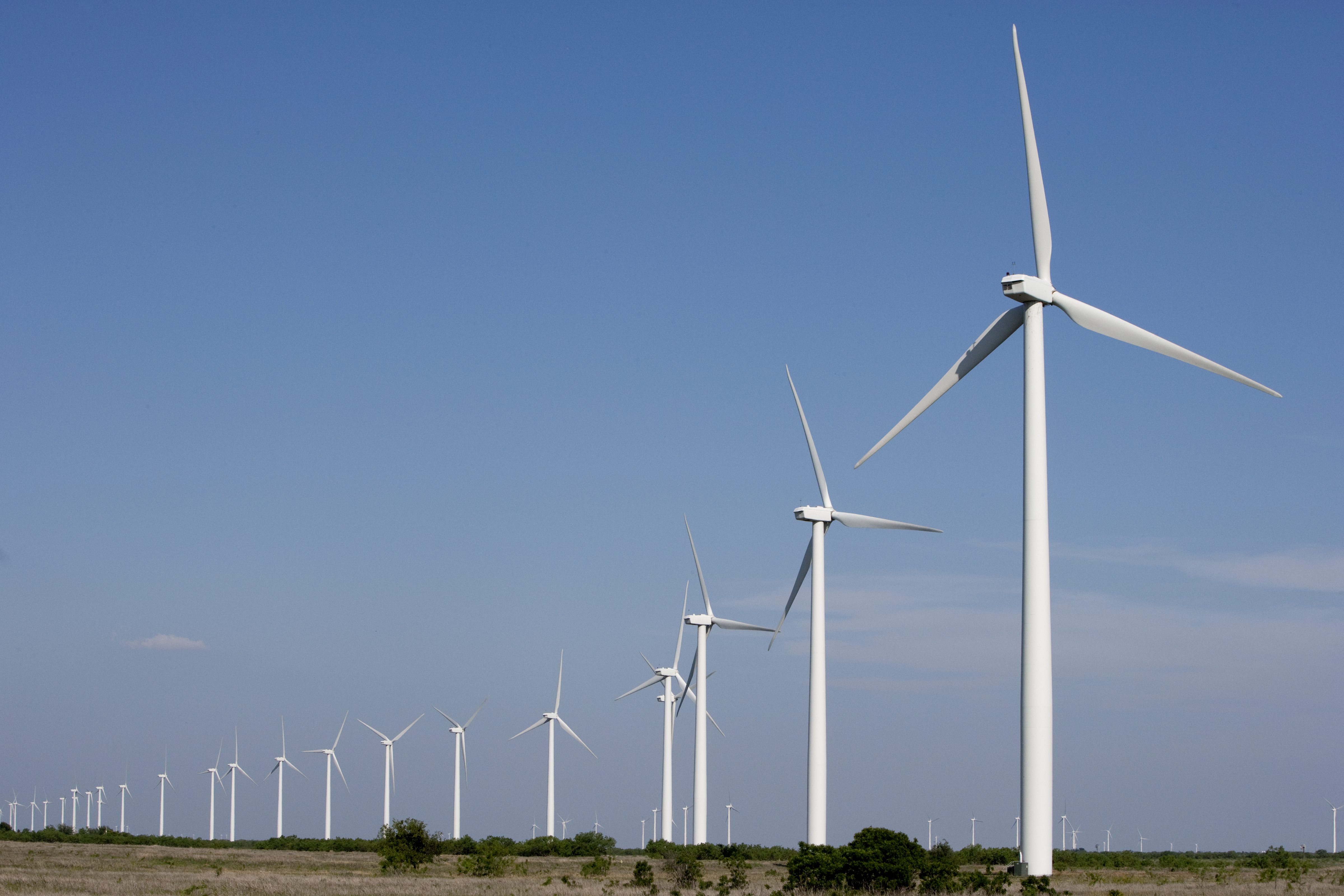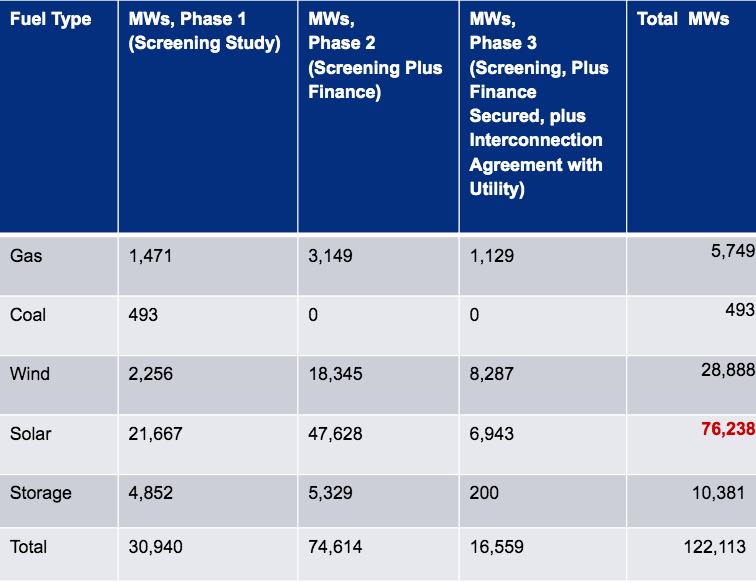
Photo by Al Braden
Texas has been sheltering-in-place, more or less, since mid-March in most major cities and throughout the state since March 31. The decline in economic activity combined with increased residential energy use, since people are staying home much more, is expected to result in some initial changes within the Electric Reliability Council of Texas (ERCOT), Texas’s main energy market.
However, through the first three months of this year, overall energy use was similar between 2019 and 2020 within ERCOT, with a slight increase of about 1.8% compared to 2019. It is important to note that April will likely see major declines in energy use in the commercial and industrial sector, and increases in the residential sector, especially as the temperature heats up. An initial study released last week by ERCOT did find daily energy peaks were two percent lower and weekly energy use decreased by four to five percent in the first full week of April compared to expected demand. ERCOT’s summer projections and longer-term projections will come out May 13 when the SARA (Seasonal Assessment of Resource Adequacy) and CDR (Capacity, Demand and Reserves) reports are released.
It is also worth watching during this stressful moment how renewable energy continues to grow.
In the first three months of the year, gas continued to be the largest source of electricity, providing about 44% of all power in ERCOT, but wind was second, providing almost 26%. Solar energy provided about 1.5%. Coal, keeping in pattern with its steady decline, only provided about 15% of electricity over the first three months of the year.
ERCOT Electricity Use by Fuel Type, January 2020 - March 2020

Additionally, the latest Generation Interconnection Status Report from ERCOT finds that most of the investment in future generation is heavily tilted toward wind, solar and storage, with limited investment in new gas resources. Battery energy storage -- with a total of 10,381 MW of proposed projects -- doubled the 5,749 MW of proposed gas projects. Solar investments lead the pack, with more than 76,000 MW proposed.
But to reiterate, the economic impact of the coronavirus pandemic on the electric sector is still very unknown at this point, as it is with almost every other sector of the economy.
